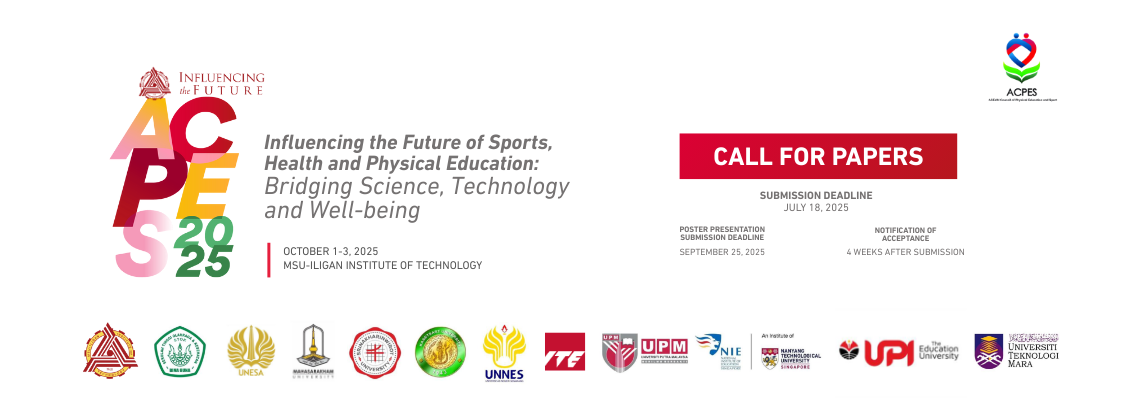Conveners
Inclusive and Adaptive Physical Activity
- Evelyn Dominguez (MSU-IIT)
Combat sports are deeply intertwined with societal and cultural constructions of masculinity, and individuals who do not conform to these norms often face marginalization. While numerous studies have examined the experiences of LGBTQ+ athletes in various sporting contexts, limited research has specifically focused on their participation in highly heteronormative spaces such as combat sports. This study addresses this gap by exploring the experiences of exclusion, the influence of identity on participation, and the coping strategies employed by LGBTQ+ athletes in combat sports. Using semi-structured interviews with nine LGBTQ+ athletes, the study uncovered themes of bias and social exclusion, dual-edge construct of identity, and resilience through self-motivation, discipline, and support. Anchored in Sustainable Development Goal (SDG) 10, which advocates for reducing inequalities, the findings highlight the urgent need to foster more inclusive sporting environments that fully embrace gender diversity and expression.
Inclusive education emphasizes the importance of ensuring that all children, regardless of ability, have equal opportunities to participate in meaningful learning experiences (Gallahue, Ozmon & Goodway, 2012). Among students with learning disabilities, physical development, particularly gross motor competence, is often overlooked despite its critical role in supporting academic readiness, classroom behavior and overall well-being (Piek, Dawson, Smith & Gasson, 2008). Early intervention through structured physical activity can help build a strong foundation for improved functional abilities, yet such approaches are not consistently implemented in special education settings (Wuang, Su & Su, 2012). Children with learning disabilities often struggle with motor skills that are crucial for physical engagement and social participation (Brian et al., 2018). These motor delays can impede academic learning, self-esteem and peer interaction (Piek et al,. 2008). While international research supports the benefits of physical activity programs in improving motor outcomes (Wuang et al,. 2012), there remains a significant gap in Malaysian-based interventions, especially for early school-aged children in special education. Addressing this gap, this study evaluates a locally designed intervention program to support national inclusive education goals.

